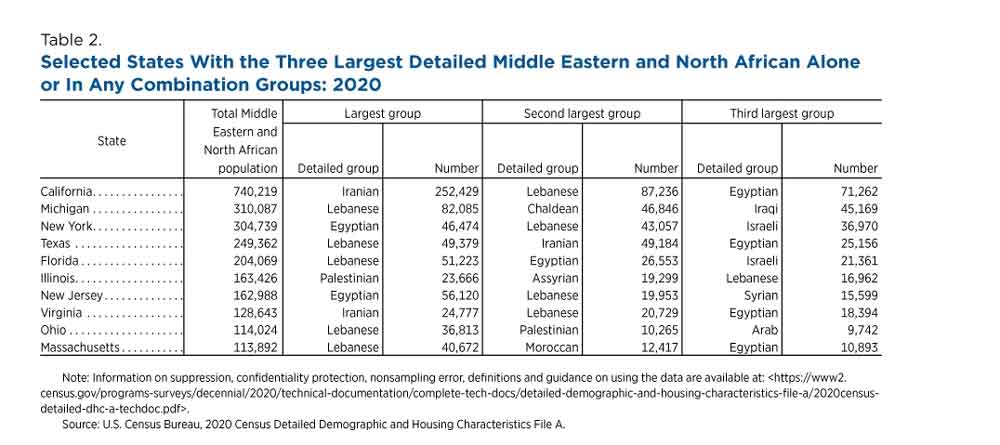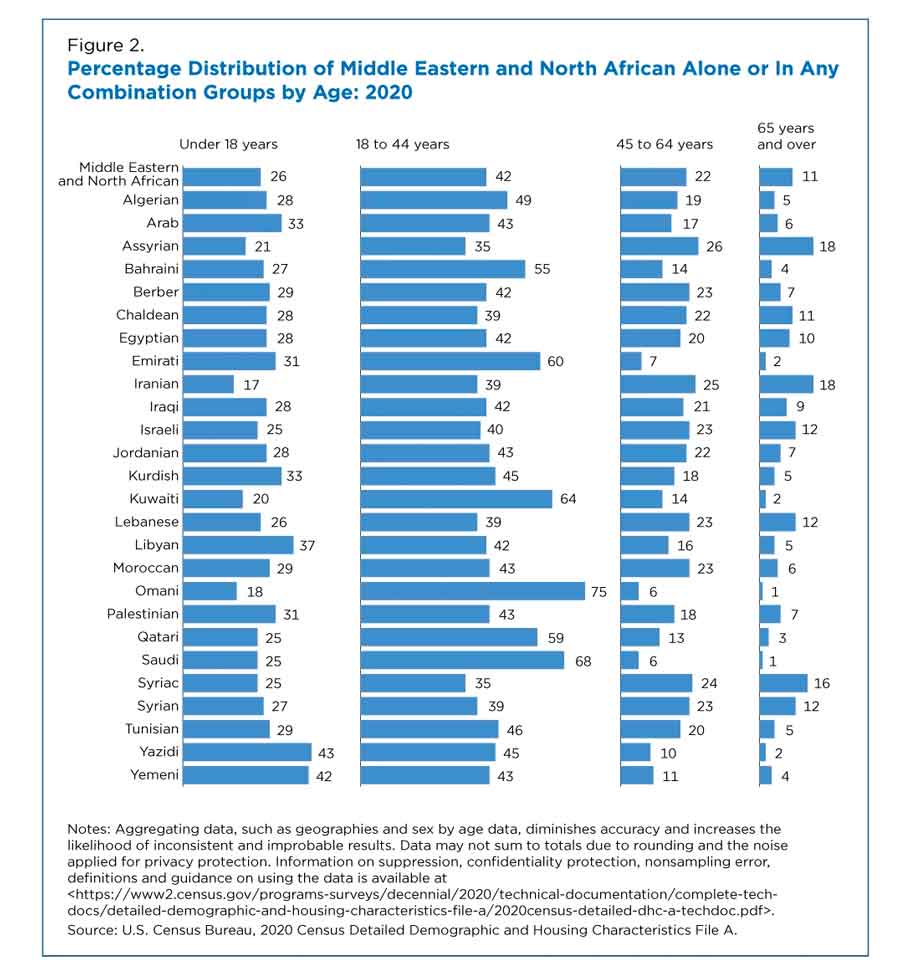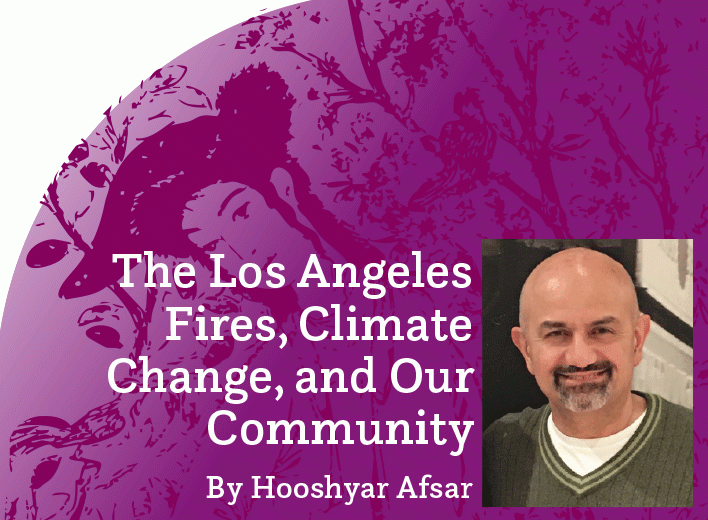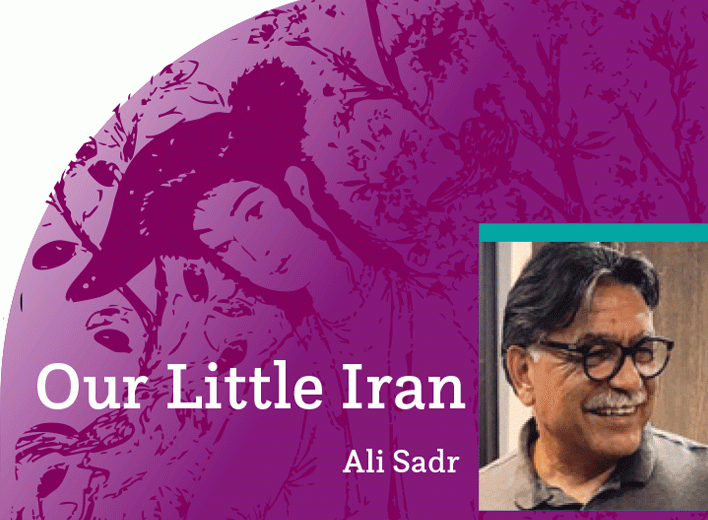Census 2020 Results: Undercounting Iranian Americans
Ali Sadr
 The recently released Census 2020 results have once again highlighted the undercounting of Iranian Americans. The decennial census is a crucial tool used by governments at various levels for planning, aid distribution, housing, and redistricting based on population and demographics. However, certain populations—particularly racial minorities and recent immigrants—are often undercounted.
The recently released Census 2020 results have once again highlighted the undercounting of Iranian Americans. The decennial census is a crucial tool used by governments at various levels for planning, aid distribution, housing, and redistricting based on population and demographics. However, certain populations—particularly racial minorities and recent immigrants—are often undercounted.
The Iranian American community is one such undercounted group. It has been a priority for us to ensure an accurate count of Iranians in our area and across the country. The power of numbers cannot be underestimated, as it plays a significant role in influencing local and national policymakers. However, determining the exact number of Iranians has always been a challenge.
There are three main factors contributing to the undercounting of Iranian Americans:
1. Lack of a Proper Category: Historically, there has not been a specific category for Iranian Americans, making it difficult to accurately identify and count them.
2. Identification as “White:” Many Iranians consider themselves “white” and, when filling out census forms, mark themselves as such, without marking the subcategory, resulting in their Iranian identity not being counted.
3. Mistrust and Non-Participation: Some Iranians have a general mistrust of information gathering and choose not to participate in the census, further exacerbating the undercounting issue.
To address this issue, some groups have suggested marking “other” and adding “Iranian” in the space provided under the race and ethnicity question instead of selecting “white.” However, not everyone follows this recommendation, leading to lower reported numbers. For example, in the 2000 Census, the estimated number of Iranians in the US was 283,225, and 357,000 in the 2010 Census. The actual number is said to be two to three times higher.
In the 2020 Census, a new category called MENA (Middle East/North Africa) was added, with specific country names included as subcategories. The Census Bureau’s classification for the MENA population includes both Arabic-speaking and non-Arabic-speaking groups, such as Iranians. This provides an opportunity for Iranians to mark MENA and identify as Iranian.
Before delving into the numbers, it’s important to understand the difference between the “alone” and “alone or in any combination” terms used in the Census data. The “alone” count represents the minimum number of people who identified as a specific group, while the “alone or in any combination” count represents the maximum number, including those who reported multiple responses.
According to the published results, the total number of MENA choices was 3.5 million. Among these, Iranians were the largest “alone” group with 413,842 people, but in the “alone or in any combination” group, there were 568,564 people. The largest concentration of Iranians was found in the greater Los Angeles area, with a population of 123,610, followed by Texas and the Washington, D.C., area. While these numbers indicate a larger count of Iranians, they still seem far from the actual figures. For example, the Lebanese population is listed as 685,672, which is 117,108 more than Iranians. This raises questions about whether other MENA countries do not consider themselves as (just) “white.” Further analysis is required to understand this data in more detail.
In a press release by the Census Bureau dated September 21, 2023, it is mentioned that nearly 1,500 detailed race and ethnicity groups, tribes, and villages were identified in the 2020 Census. The press release highlights the populations of various ethnicities, including Mexicans, English, Germans, and Irish. It also states that MENA examples were included within the “white” category, following the standards set by the U.S. Office of Management and Budget in 1997.
It is crucial to address the undercounting of Iranian Americans in future census efforts to ensure their accurate representation and to empower the community in its engagement with policymakers and decision-makers.




















